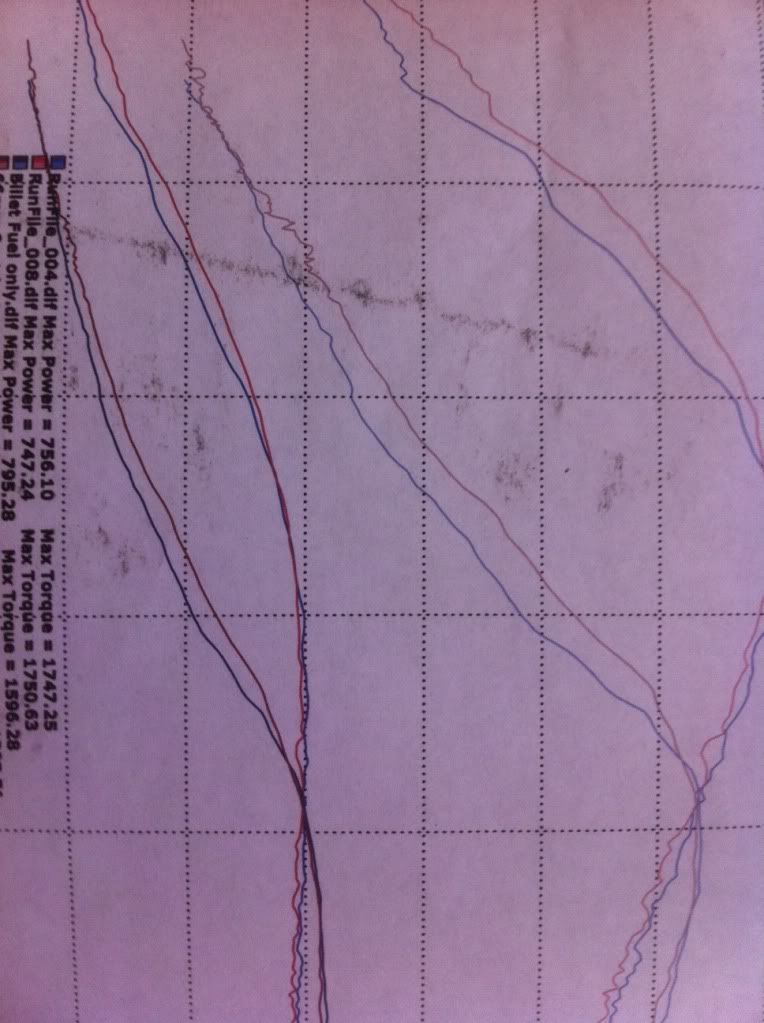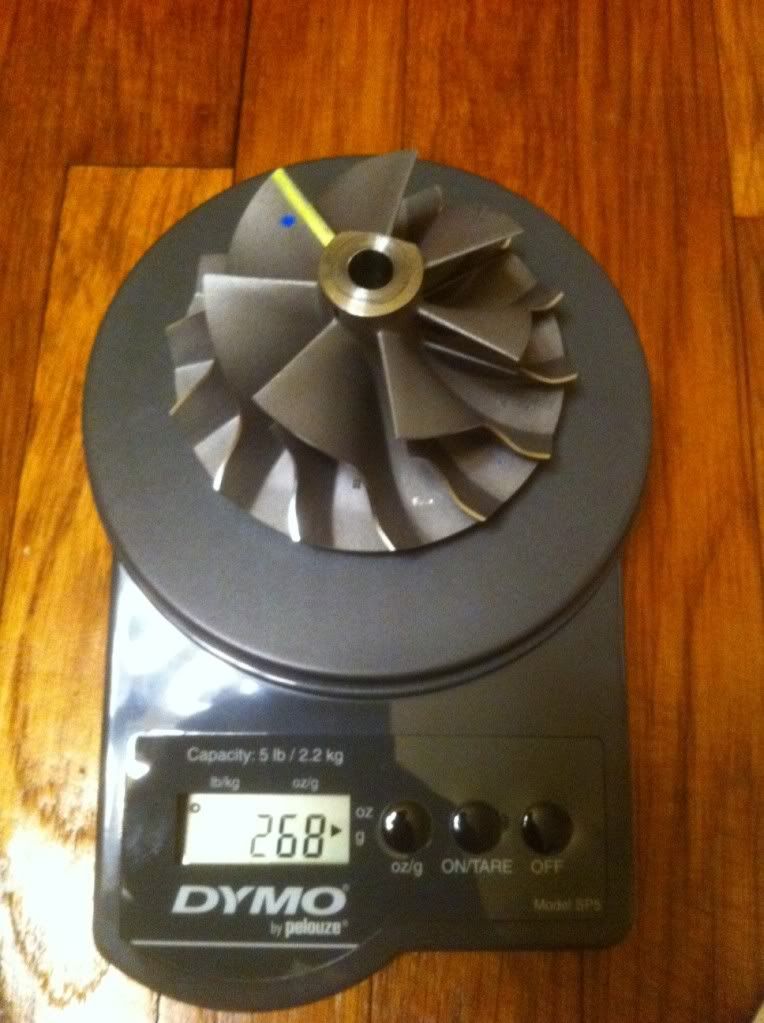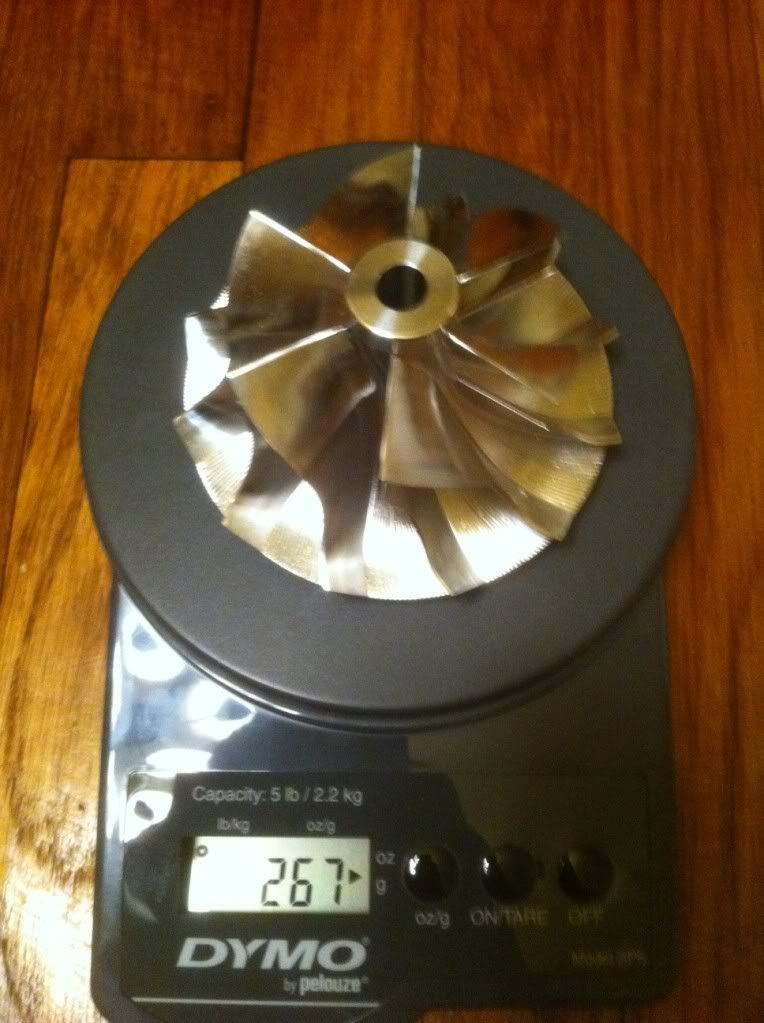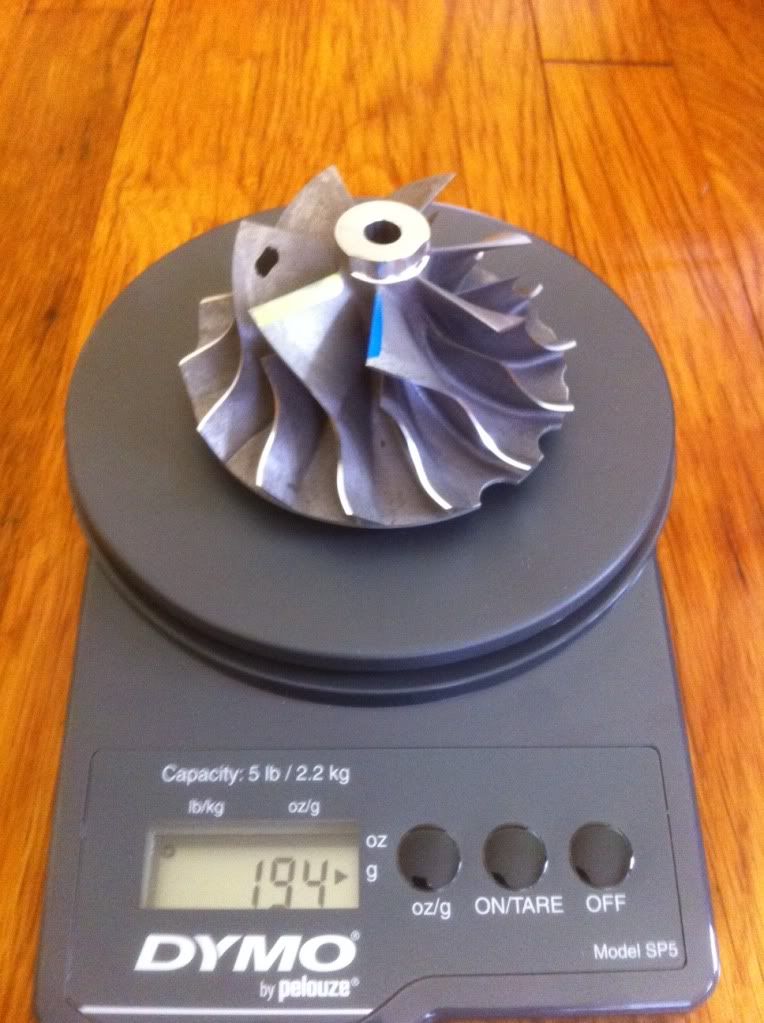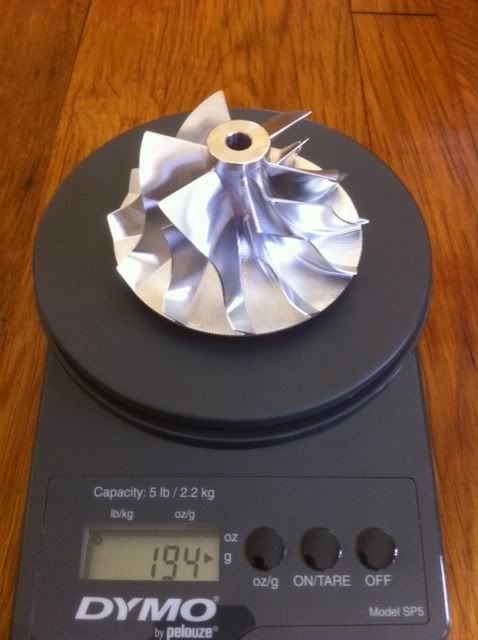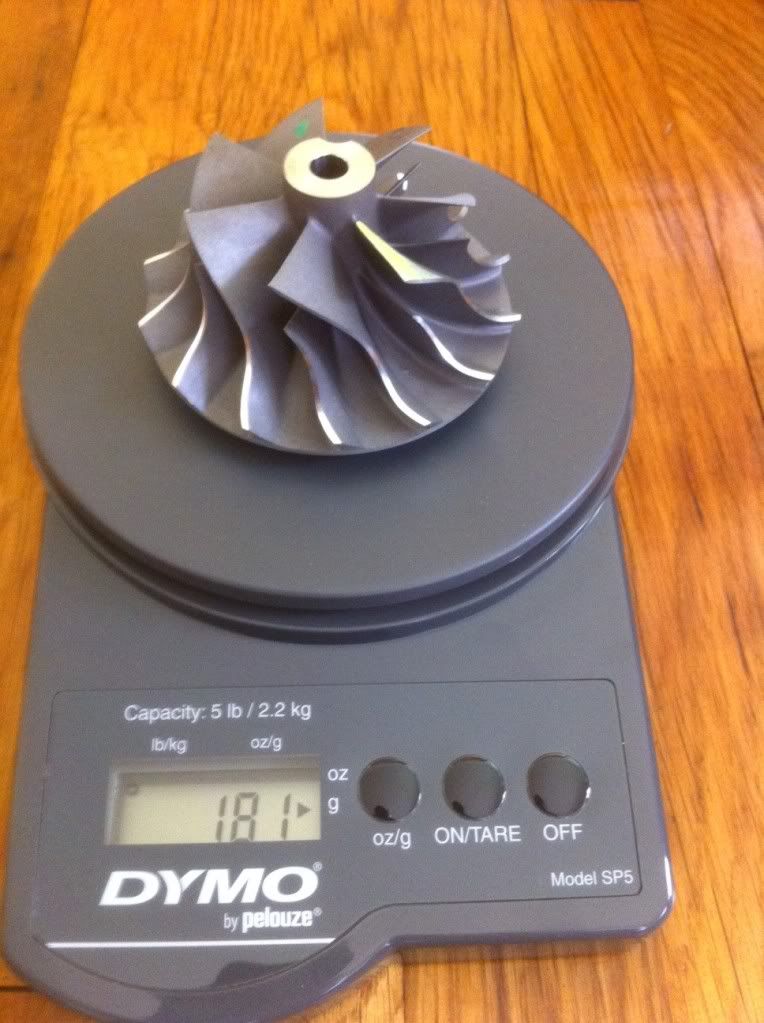carfichris
CNC'ing my life away
I was told the same thing you were about them. We had a wheel so we weighed it, then thought hmmm, damn scale. Went and bought a new scale.........CRAP still not seeing it. Even bugged the friendly lady at the post office when picking up a package, after the "What the hell are those" look, the certified government scale.....same thing. Until we started to check some things out for ourselves we had been told things and even repeated them. Pretty humbling to have that reality hit you and see the info you trusted was based on nothing substantial. Things are a lot different now.

